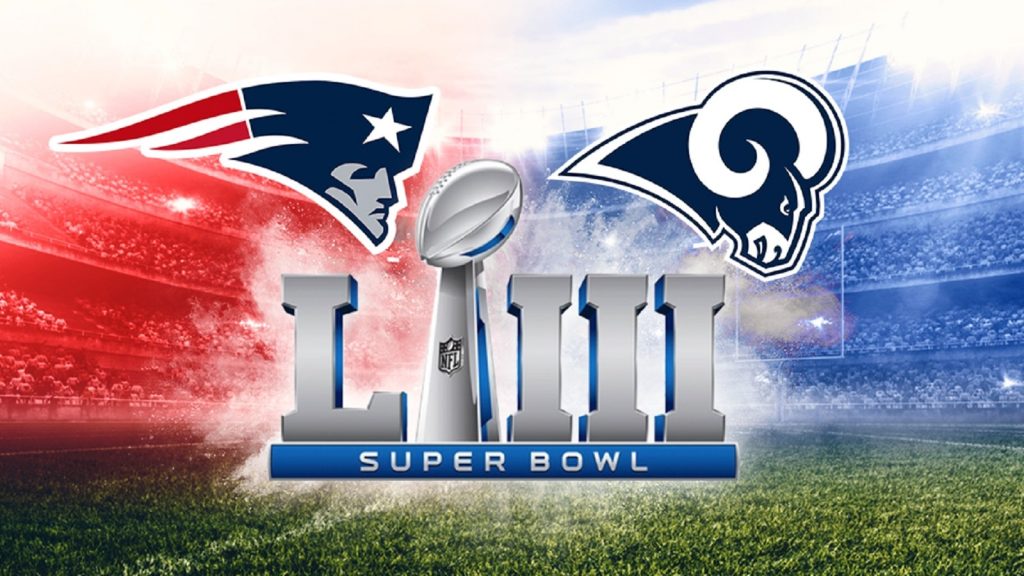Complementing the lighting, textured video images and animation ran on video walls mounted on six field- level carts, as well as on the stadium ribbons. Directly behind the stage, pairs of carts were set up end-to-end on either side of the lighting pod on the 50-yard line to provide two extended 4′-high video walls about 48′- long, augmented by single 24′-long carts upstage left and upstage right.
Twelve ROE Visual CB5 LED panels, each measuring 600mm x 1,200mm (23.6″ x 47.2″), were mounted in portrait mode on the front and rear of each cart, along with three panels in the same orientation on the ends of the carts to display images on all sides. Offering a pixel density of 5.77mm, the panels are just 77mm (3″) thick, with a viewing angle of 140°/110°.
“We’ve got all these horizontal strips, so we tried to make the carts feel like they’re an extension of the ribbon, or vice versa,” says Michael Figge, director at Possible Productions, whose six-member team created the video content. “That’s the key, so that the design language is cohesive throughout. The carts were one resolution, and each of the ribbons was a different resolution, because they have different circumferences at different elevations in the stadium, so we had to get the content to work across all of them.”
The video content for the carts was rendered using the FlexRes suite of codecs built into the Green Hippo Hippotizer media server and programmed by Rudolph.
Possible Productions creates large-scale video content for world tours, television events, and architectural installations.
For this show, the team used Adobe After Effects to create patterns and textures, with Maxon Cinema 4D their primary 3D platform.
Read the full article by Lighting and Sound America here
